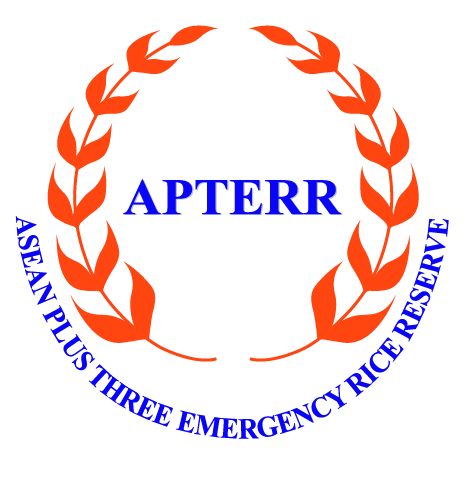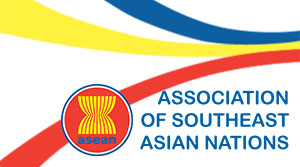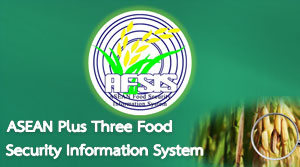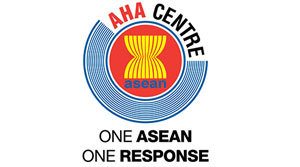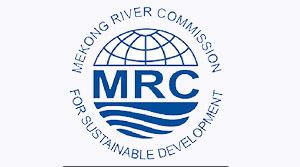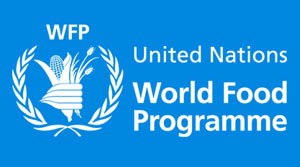
The APTERR Secretariat always realises the importance of human resource development as one of the key elements to accomplish the goal of ensuring and strengthening food security in the ASEAN+3 region. Therefore, to provide the staff members’ knowledge and experience, the field study was organised from 30 September - 2 October 2020 in the provinces of Pathumthani and Nakhon Ratchasima.
During the trip, the APTERR Secretariat visited the Pathumthani Rice Research Centre, Pathumthani province, to get learning about rice growing and breeding, seed storage, as well as the development of rice seed involving quality, variety, productivity and nutrition. The group then took a visit at Pak Pak Chong Farm in Nakhon Ratchasima province to gain a concrete understanding along with initial practice on the exercise of organic agriculture in the local community. The local organic farming has been developed by its owner to be consistent with a sustainable and sufficient pathway to secure the food stability for long-last livelihoods.

